
Can’t uninstall Airfoil for Mac? Why error message pops up to stop the uninstall? How to entirely remove Airfoil from hidden system folders? If you happen to visit this page, looking for the answers to these questions, you have came to the right place.
To start with, let’s experience a smooth uninstall process assisted by a professional tool. You can carry out a thorough removal of Airfoil by following these simple steps:
1.Download the app removal tool in the homepage, and install it on your Mac
2.Launch the tool, click Register button and follow prompts to finish the activation
3.Click Airfoil in the interface, and click Run Analysis button to start scanning
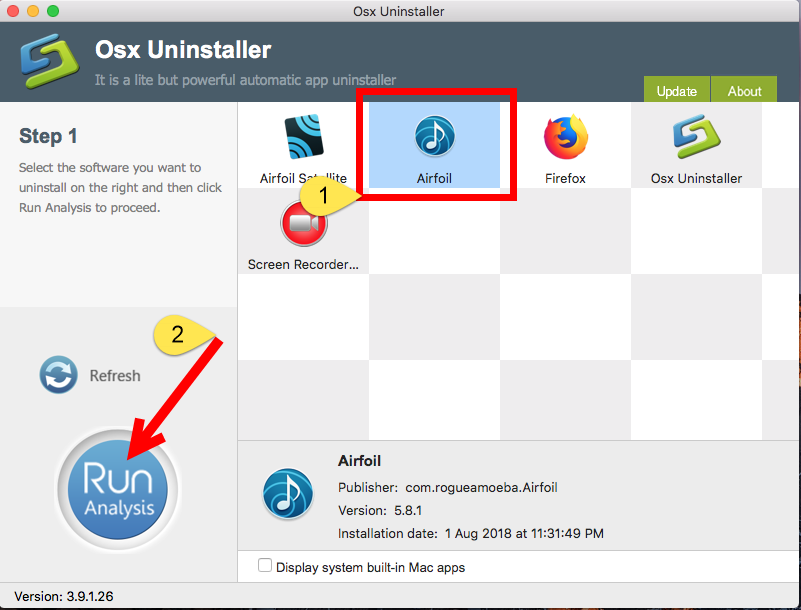
4.Click the Complete Uninstall button, and then choose Yes in the pop-up window
5.Once the uninstall completes, click Back to Interface button to re-scan your Mac

The app removal tool – Osx Uninstaller – is a lightweight yet powerful application that could help you get rid of all the components of unneeded Mac apps in a few blinks.
Note that if Airfoil is currently running, make sure to quit it before launching Osx Uninstaller to perform the removal. To do so, right click its icon in Dock and choose Quit. If the icon remains, right click on it and choose Options > Remove from Dock.
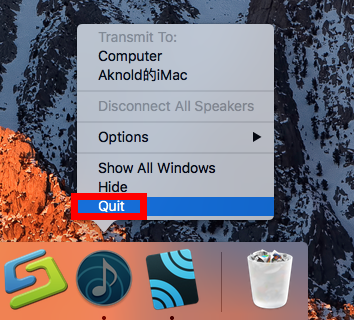
Don’t want to download the app removal tool? You still can perform a clean uninstall of Airfoil but may take a little more time to finish the job. Here are the detailed steps:
Like other third party apps, Airfoil can be uninstalled by a simple deletion act.
Open the Finder and head to the Applications folder from sidebar or Go menu
Drag Airfoil to the Trash in Dock and drop it there (or select it and press Cmd + Del)

Currently the app has been thrown into Trash, but to truly uninstall it you still need to delete it again in the Trash. Well, you can finish this part at the end of the process.
Here are the instructions you should follow to detect and delete Airfoil leftovers:
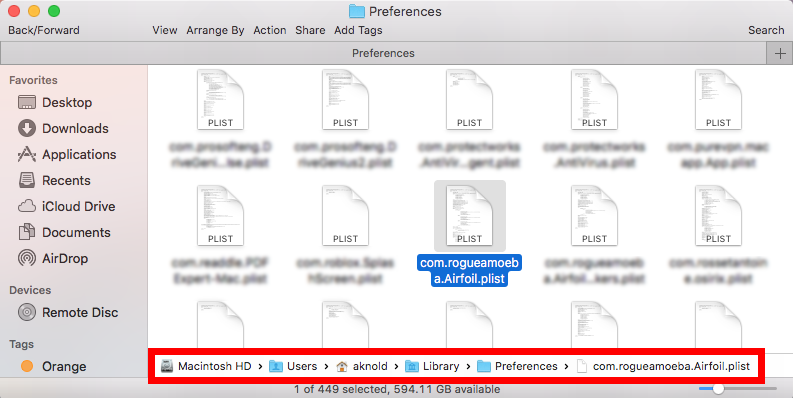
Now you should have deleted Airfoil-related files and folder into Trash. The last step is to get rid of the app and its components once and all. Go ahead to finish the job.
To empty the Trash, you can click the Finder menu and choose Empty Trash option. When you are asked if you want to permanently erase the items in the Trash, click Empty Trash button to execute the act. Alternatively, you can try this way:

Warning: the act of emptying the Trash is irrevocable, and everything in the Trash will be deleted immediately. If there are other items staying in the Trash, check if they are still needed or not. If so, you can only delete Airfoil-related items in the Trash.
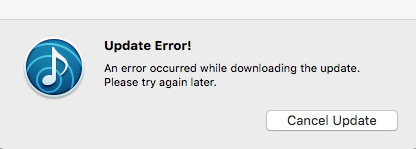
Many Mac beginners have no clue how to thoroughly remove unwanted applications from the system, thinking that it is enough to delete the app in Applications folder. Actually, deleting an app from Applications folder does not truly remove all its traces and may trigger problems. We have viewed some reports mentioning that incompatible Airfoil files causes the disability of third party speakers on Macs. In other cases, users may encounter problems when trying to install an update for Airfoil. That could be caused by some Airfoil components stored in the ~/Library folder. To fix this issue, you may consider to perform a clean uninstall of Airfoil, thus to get rid of the problematic files of Airfoil, and then re-install Airfoil on your Mac.

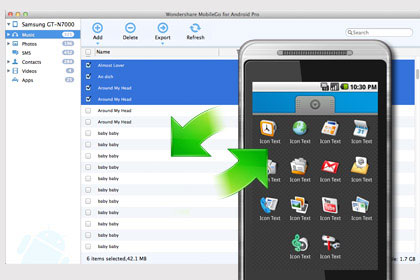
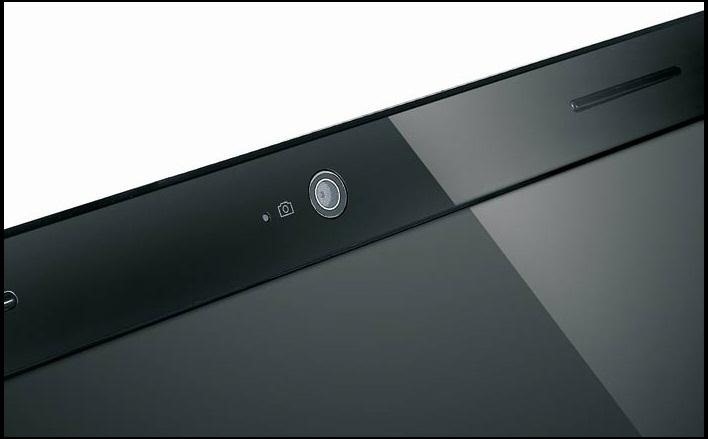
Comments
Leave a reply